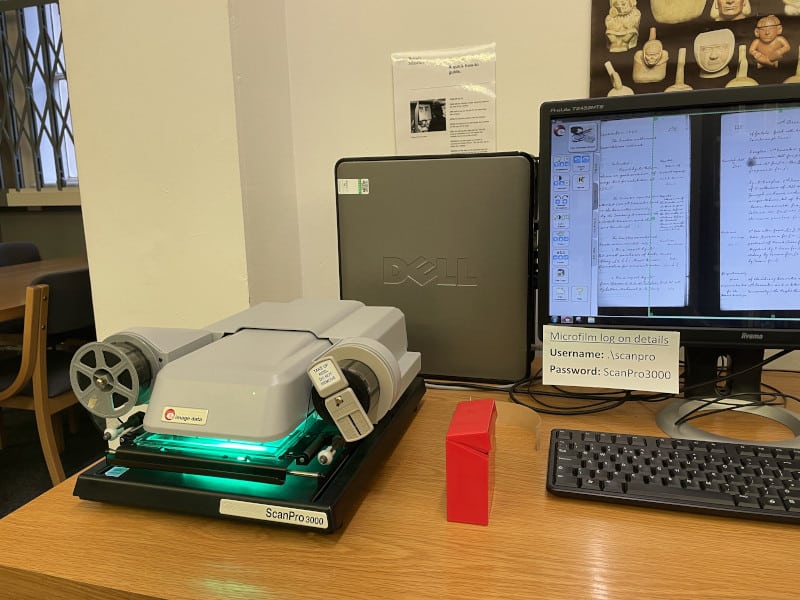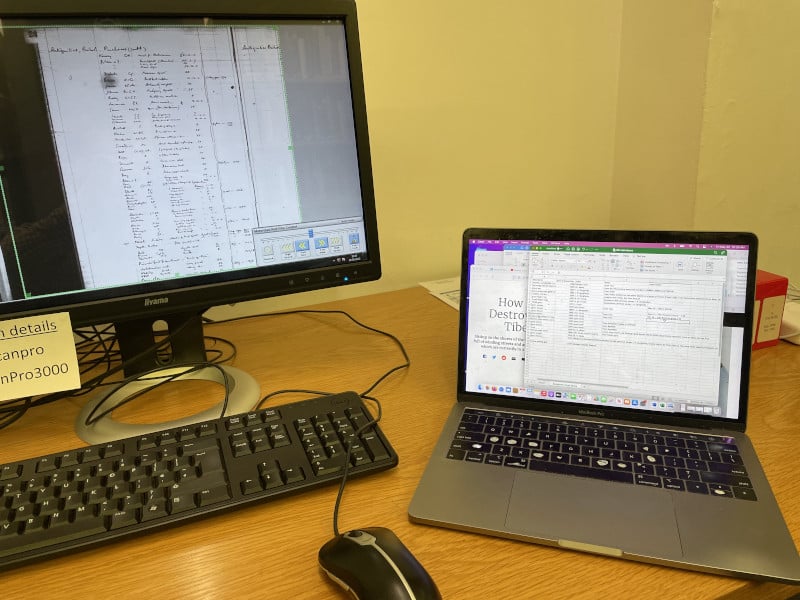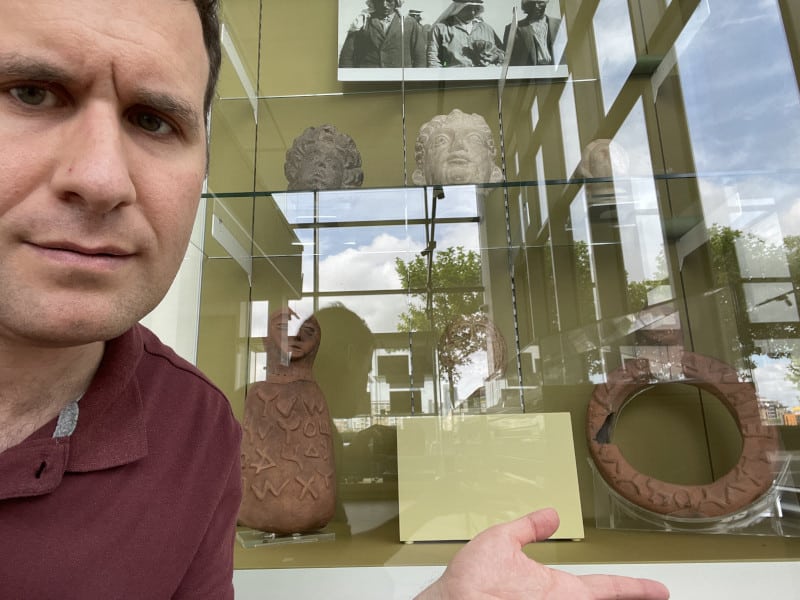
2022 Study of Collections Fellowship Report: The Antiquities Market in Late Ottoman Palestine
Michael Press, University of Agder
How did people buy and sell antiquities in Palestine in the 19th century? This is the question I’ve been trying to answer since the fall of 2020. Because of COVID, I was confined for a year and a half to online and library research. This wasn’t a problem initially: there is a huge amount of relevant material online, especially because things published in the 19th century are in the public domain. I have been lucky to be able to access so many travelers’ accounts, newspaper and journal articles, business directories, travel guides, and even some archival material online. But many relevant letters or reports or inventories or meeting minutes – not to mention the objects themselves! – lay beyond my reach.
Finally, thanks to the ASOR Study of Collections Fellowship, I was able to make my first research trip for this project, to England in May 2022. Visiting several collections, I could piece together bits of evidence into a larger picture of the trade.
Take for example the notorious bookseller and antiquarian Moses Shapira. In the 1870s, Shapira sold the infamous Moabite pottery, consisting of thousands of fake clay vessels and figurines, and tried to sell an even more infamous Deuteronomy manuscript denounced as a fake in 1883. At the British Library, I was able to read letters written by Shapira himself, as well as journal entries and newspaper articles giving people’s impressions of him at the time. At the British Museum’s central archive, I was able to see the amounts the museum paid for authentic medieval and early modern manuscripts offered by Shapira in the 1870s and 1880s.



But most of my time was spent at the Palestine Exploration Fund. Their officers, who were mapping and excavating in Palestine at just the time that Shapira was most active, wrote back detailed letters and reports to London. One of the Fund’s officers, Herbert Kitchener – long before he became famous as Lord Kitchener – purchased two of the Moabite pots in Jerusalem and brought them back to the PEF in London. I was fortunate enough to see these, as well as other forgeries probably offered for sale by Shapira.
My time in London was so productive that I am still processing all the information I collected!

American Society of Overseas Research
The James F. Strange Center
209 Commerce Street
Alexandria, VA 22314
E-mail: info@asor.org
© 2025 ASOR
All rights reserved.
Images licensed under a Creative Commons Attribution-NonCommercial-ShareAlike 4.0 International License